Text Copyright: 1998 James N. Powell
Illustration Copyright: 1998 Joe Lee
Book & Cover Design: Rene Michaels
Cover Art: Joe Lee
All rights reserved. No part of this publication may be reproduced, stored in a retrieval system, or transmitted in any form or by any means, electronic, mechanical, photocopying, recording, or otherwise, without prior permission of the publisher.
Cataloging-in-Publication information is available from the Library of Congress.
For Beginners and Beginners Documentary Comic Books are published by For Beginners LLC.
Introduction
An arts brochure for almost any major university might appropriately feature a photomontage representing its season of cultural offerings from around the world. The montage might feature a female dancer with an East Indian head, a male Navaho left leg, the right leg of an Afro-American modern dancer, a torso half-covered by a suit and tie, and the other half festooned with eagle feathers with one arm displaying a sacred Tibetan hand gesture, another muscled arm pounding out a rhythm on a Japanese drum, and two more female arms in a lyrical dance pose from India.
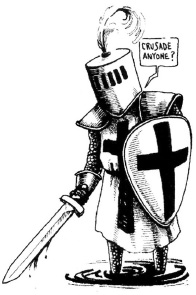
Contrast this cultural mixing with the lives of most of the people who have lived on the planet for most of its history. Citizens of the Middle Ages and members of premodern tribal societies could live out their years without encountering anyone with another god, a contrary worldview, different folktales, dances or myths. If they should encounter an individual or a society that was different, then the strategy was to conquer it militarily, economically and sexually; to convert it to ones own religion; or to kill it. The very existence of the Other, the very presence of the Other, posed a threat to the supposed universality of ones own beliefs.
In the Postmodern age, however, it is difficult to get through a day without confronting many different realities. Simply turn on the TV and you might hear a world music group singing a blend of Irish love song, Indian raga, heavy-metal anthem, Mongolian Buddhist chantand all to the tune of peyote drums, gamelans, didgeridoos, panpipes, nose flutes, alpenhorns, sitars and tambourines. And all these sounds may be produced not by the original instrument but electronically, to a danceable reggae or hip-hop beat, and broadcast worldwide via satellite to millions of viewersthe profits going to save the Brazilian rainforest. In fact, go to a fundamentalist Islamic wedding in an Egyptian village, and the bride, surrounded by stern elders, hooded and veiled so that no intruding male gaze will pollute hermay secretly be listening to the concert, beneath the hood, through the earphones of her miniaturized radio. She may be wearing jeans under her traditional skirt, and have a belly full of Coca-Cola.
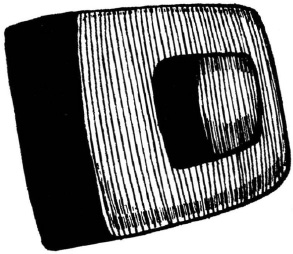

Pick up any New Age magazine, and you will find the Mysterious and Unknown sold in a thousand formspsychic channelings of disembodied spirits, Buddhist, Taoist and Hindu meditation techniques, Native American sweat baths, crystals and herbs, electronic meditation machines and exotic potions. Your typical New Ager sees no contradiction in attending a Quaker meeting in the morning, eating a Zen macrobiotic breakfast, sitting for Chinese Taoist meditation, eating an Indian Ayurvedic lunch, doing a Chero-kee sweat before Tai Chi, munching down a soyburger for dinner, dancing in a full-moon witching ceremony with her neo-Pagan Goddess group,
and then coming home and making love with her New Age boyfriend according to Hindu Tantric principles.
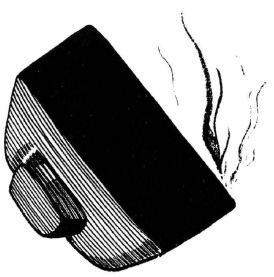
All the worlds cultures, rituals, races, databanks, myths and musical motifs are intermixing like a smorgasbord in an earthquake. And this hodge-podge of hybrid images is global, flooding the traditional mass media, and also Cyberspacea space everblossoming with new universes and realities, and which is being probed by an ever-expanding population of cyberpunks and cybershamans wholike electronic rats burrowing sideways through a vast interconnected series of electronic sewers, cellars, passageways, caverns, gutters, and tunnelsare capable of navigating from cyber-site to cyber-site via an almost infinitely interlinked catalogue of codes. In other words, we live increasingly in a world of interconnected differencesdifferences amplified and multiplied at the speed of electricity. No longer is there one morality or myth or ritual or dance or dream or philosophy or concept of self or god or culture or style of art that predominates.
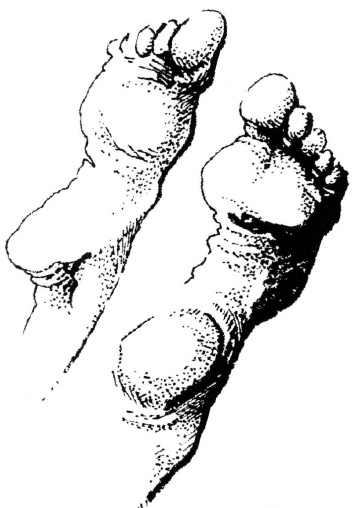
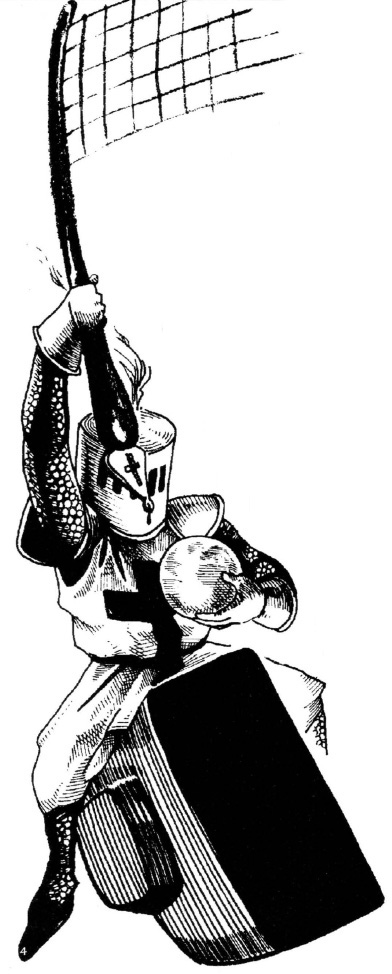
The explosion of new communications technologies and the continuing fragmentation of cultures into thousands of little cultures has forced us to view our world as simultaneously expanding and shrinking. And just as the unexplored New World of earlier centuries had its explorers who set out on voyages of discovery, bringing back new maps, which were constantly being re-drawn as ever new regions were probed and charted, the New Postmodern WorldPostmodern Realityhas its mapmakers and explorers.
The mapmakers of past centuries superimposed a fictitious grid upon the globethe meridiansthe lines of latitude and longitude. They charted narrow straits, farflung exotic archipelagos, dark continents, prevailing winds, waves and currents. Similarly, Postmodern intellectualsphilosophers and theorists have attempted to map the contours of our rapidly changing Postmodern worldits mix of identities, realities, cultures, races, gender roles, technologies, economies, cyberspaces, mediascapes.
But not everyone thinks intellectually about all the changes that are taking place.
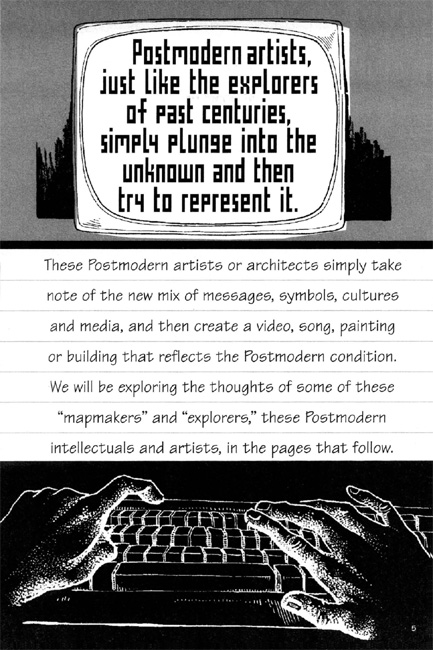
Post - modernese
 But wait a minute! If Postmodern thinkers have some really new ideas mapping the contours of our times, why havent I heard of these ideas before?
But wait a minute! If Postmodern thinkers have some really new ideas mapping the contours of our times, why havent I heard of these ideas before?
 A major reason is that Postmodernese is such a difficult language to understandand most books on Postmodernism are written in this particularly obscure tongue.
A major reason is that Postmodernese is such a difficult language to understandand most books on Postmodernism are written in this particularly obscure tongue.

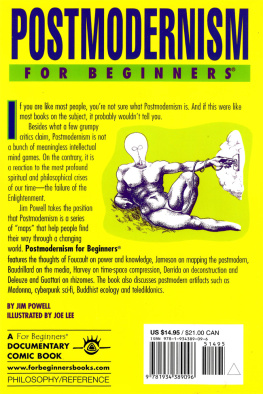

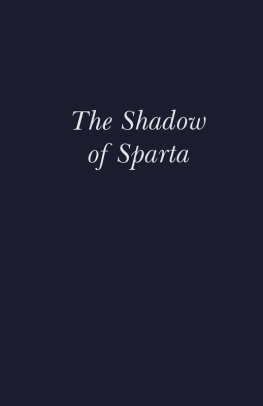
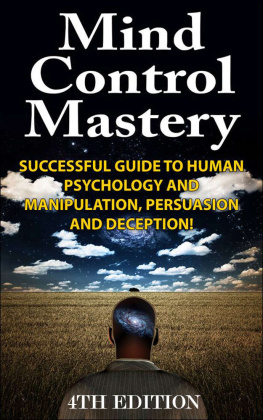





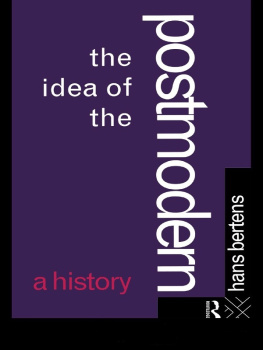
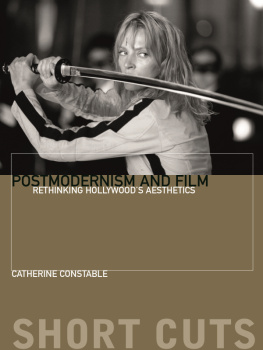
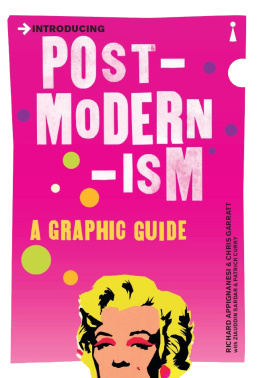



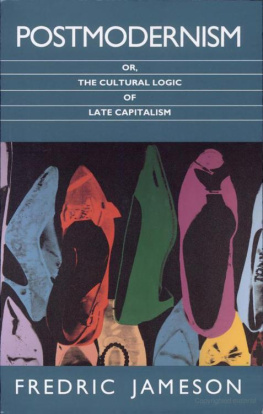









 But wait a minute! If Postmodern thinkers have some really new ideas mapping the contours of our times, why havent I heard of these ideas before?
But wait a minute! If Postmodern thinkers have some really new ideas mapping the contours of our times, why havent I heard of these ideas before? A major reason is that Postmodernese is such a difficult language to understandand most books on Postmodernism are written in this particularly obscure tongue.
A major reason is that Postmodernese is such a difficult language to understandand most books on Postmodernism are written in this particularly obscure tongue.